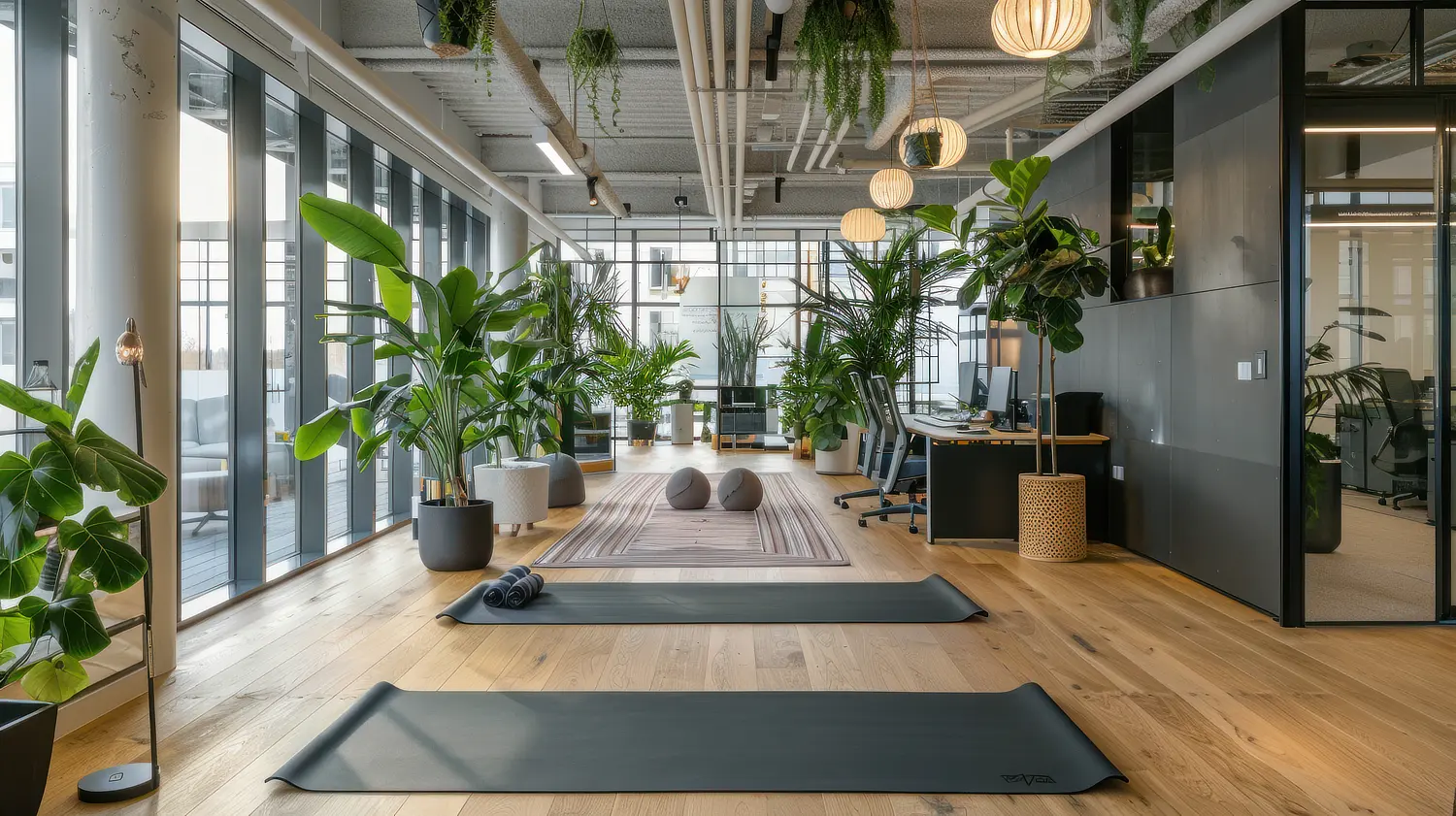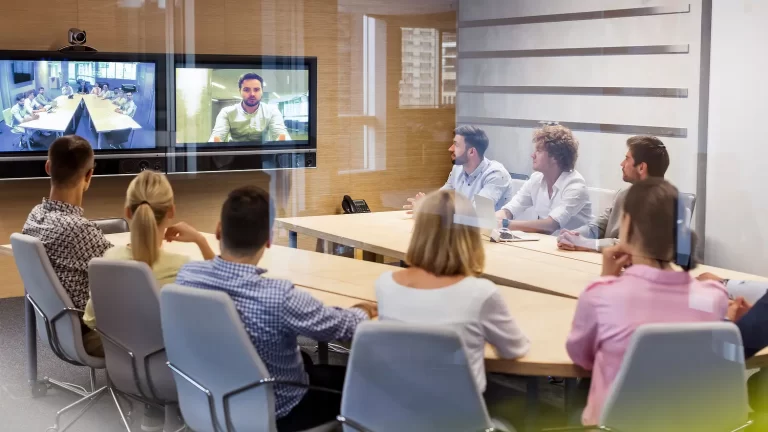The imperative to integrate wellbeing into the workplace transcends industry boundaries, urging leaders across sectors to rethink how environments impact health and productivity. Steelcase’s recent findings shed light on how critical this is. In an era where chronic health issues like heart disease and diabetes are prevalent, the design of workspaces can play a pivotal role in combating these trends.
Key research highlighted by Julian Treasure indicates that noise in the workplace can diminish productivity by as much as 66%. This statistic is a crucial consideration for anyone involved in workspace design, emphasising the need for acoustical considerations that mitigate noise through innovative materials and thoughtful space planning.
Moreover, the prevalence of sedentary lifestyles has been linked to significant health risks. Steelcase’s research suggests that integrating features such as height-adjustable desks and areas designed for physical activity can encourage healthier work habits. Providing a variety of postural options and promoting movement throughout the day are no longer niceties but necessities for modern work environments.
As leaders tasked with designing these spaces, we must broaden our focus beyond traditional metrics such as cost and efficiency. It’s essential to consider how the spaces we create support the physical, cognitive, and emotional wellbeing of those who use them. This approach not only enhances employee engagement but also contributes to the broader success and sustainability of organisations.
The challenge for today’s leaders is to envision and implement designs that go beyond accommodating basic work functions. We need to foster environments that actively promote health and wellbeing, recognising that the quality of our workspaces directly impacts the quality of our work life and health.
In conclusion, creating “wellspaces” should be a priority for all who are involved in workspace design. By adopting a holistic approach that incorporates the latest research into practical design solutions, we can create environments that truly enhance human wellbeing and productivity. Let’s commit to building spaces that are as healthy as they are functional, ensuring a healthier, more productive future for everyone.



